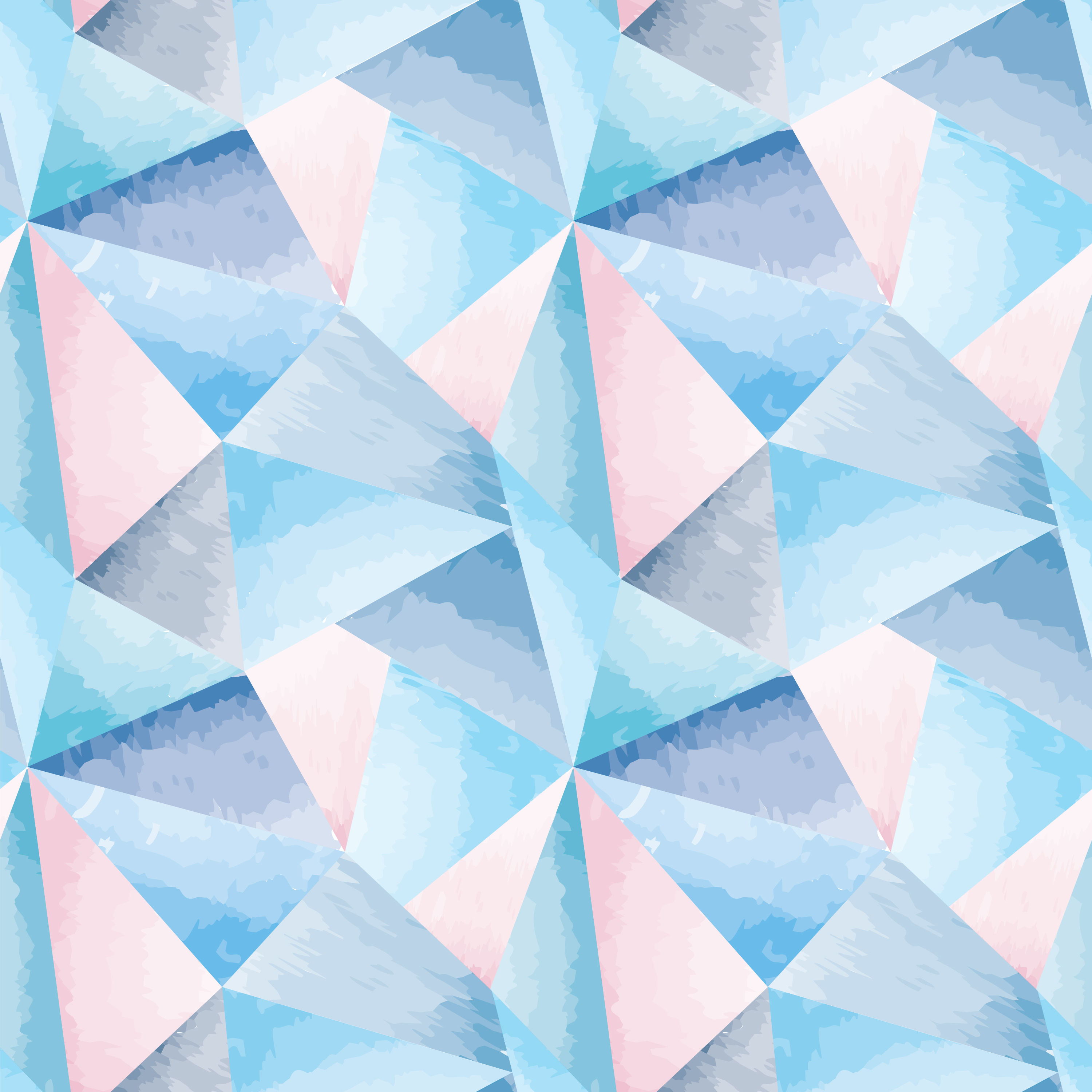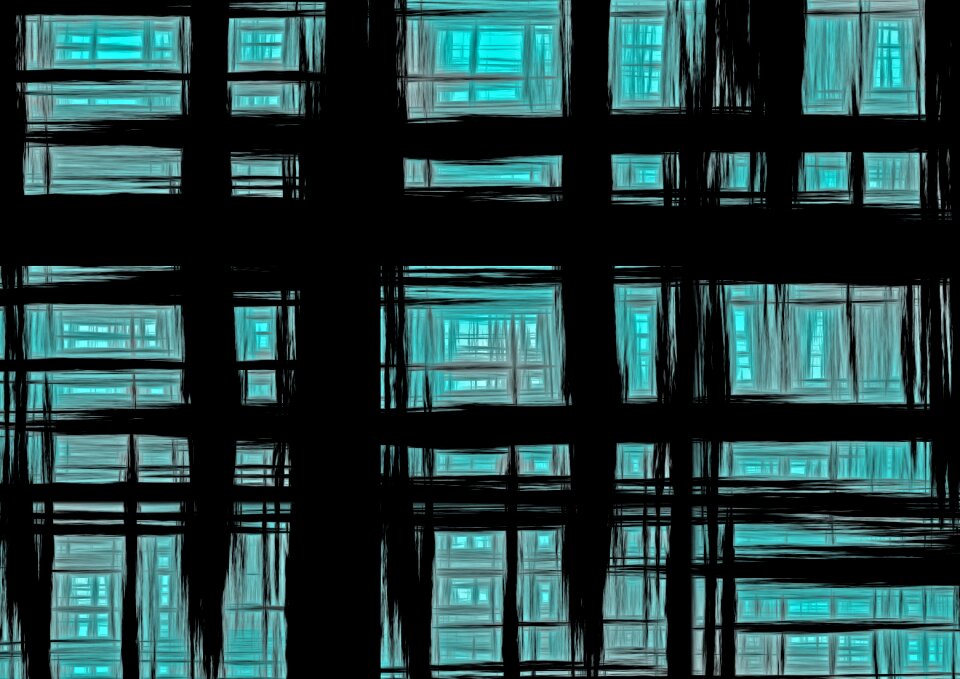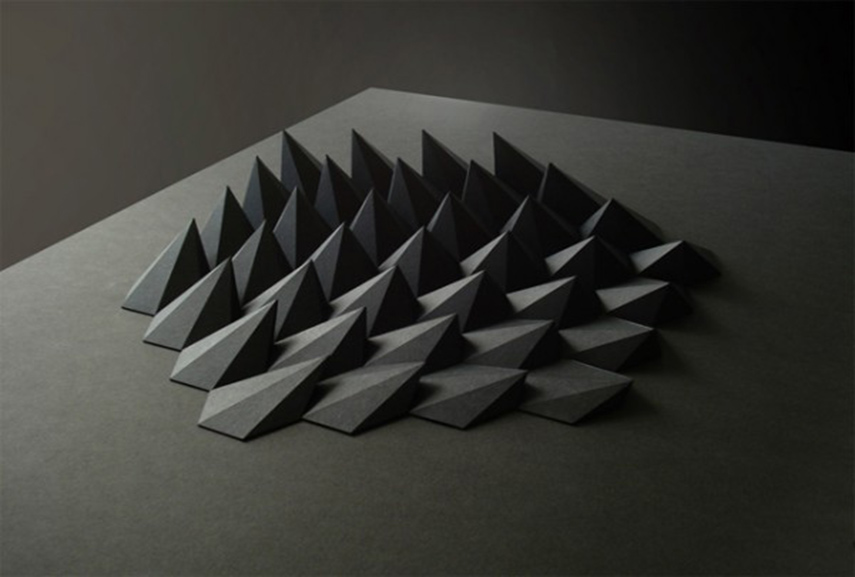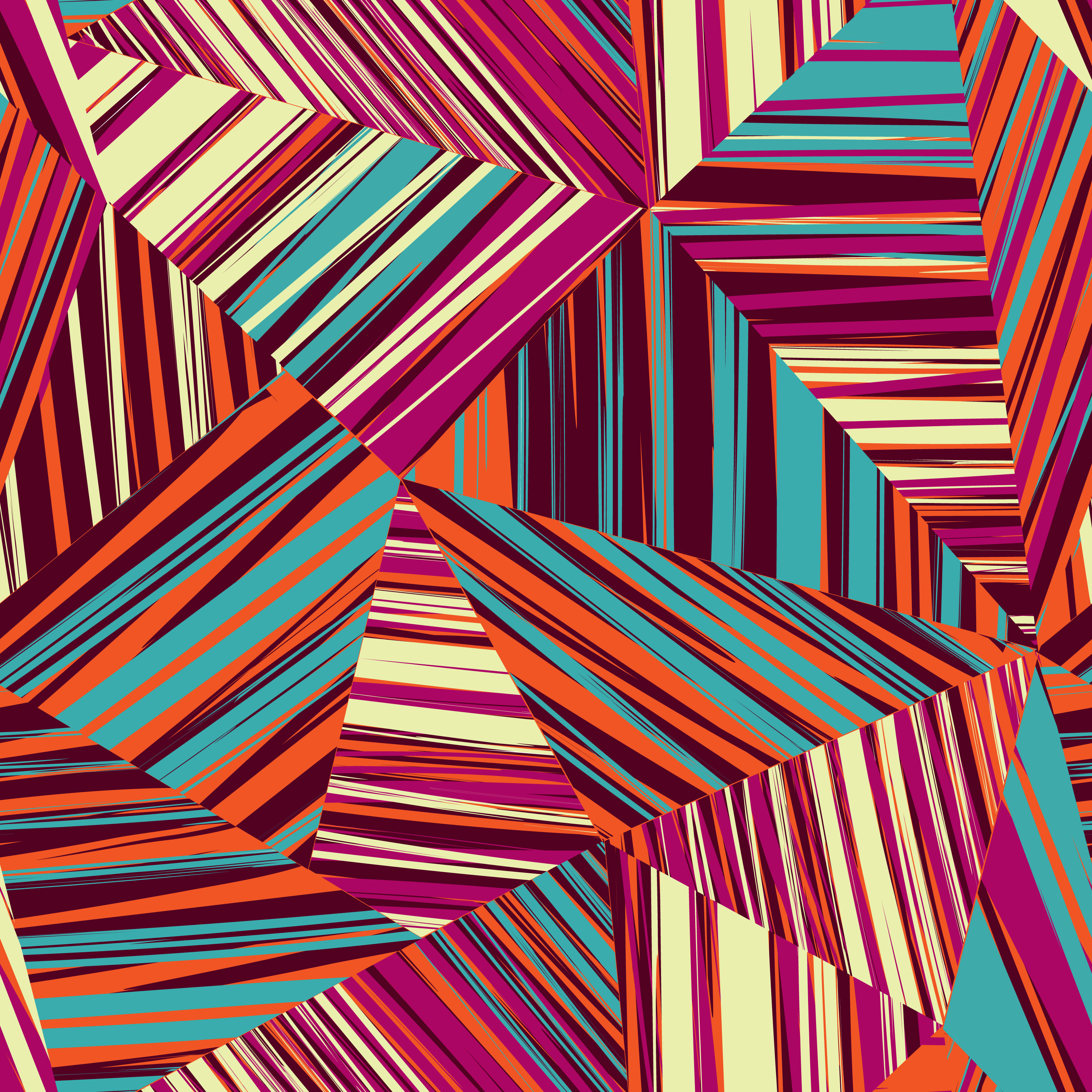Form And Pattern In Art
Form And Pattern In Art - Web pattern in art is made by repeating or echoing the visual elements of an artwork. Sphere, cube, cylinder, and cone difference between shape and form form and simplification how to depict form? In addition, to form, they include line, shape, value, color, texture, and space. The other art elements are shape, line, color, texture, value, and space. The principles of art are scale, proportion, unity, variety, rhythm, mass, shape, space, balance, volume, perspective, and. Web definition of a pattern. Web patterns are created through the arrangement of shapes, forms, or lines, which are sometimes. Though some are more obvious than others. The elements of art are color, form, line, shape, space, and texture. A pattern is an arrangement of repeated parts or decorative designs.
Web written by masterclass last updated: In many cases, patterns form the main element of interest in a composition. Web pattern in art is made by repeating or echoing the visual elements of an artwork. The key here is the word repetition. Real forms occupy space, such. Patterns can also be shapes, whether geometric (as in mosaics and tessellations) or natural (floral patterns), that are found in art. If you don’t know what the elements of design or the principles of design are, you can read about them here (it will open in a new window). Web patterns in contemporary art can add a strong element of interest to a painting, drawing or mixed media piece. This is then repeated across a surface to create unity and harmony in a design. If your paintings look “flat” and uninviting, it is probably due to poor use of form.
Web what are patterns in art? Web principles of art the visual art terms separate into the elements and principles of art. Web form is one of the seven elements of art which are the visual tools that an artist uses to compose a work of art. While most works of art contain both geometric and organic shapes. Web definition of a pattern. Web pattern in art is made by repeating or echoing the visual elements of an artwork. Web written by masterclass last updated: If your paintings look “flat” and uninviting, it is probably due to poor use of form. Pattern is defined as a repeated set of shapes, forms, lines or colours that create a harmonious visual effect. Web what is form in art?
Rhythm Principles Of Design Pattern Examples
There are two main types of shapes, geometric and organic. Web pattern refers to the visual arrangement of elements in some kind of sequence or repetition. If your paintings look “flat” and uninviting, it is probably due to poor use of form. The other art elements are shape, line, color, texture, value, and space. I do recommend going through these.
Abstract seamless pattern Geometric form watercolor background 530877
This is then repeated across a surface to create unity and harmony in a design. Web what are patterns in art? Web definition of a pattern. Sphere, cube, cylinder, and cone difference between shape and form form and simplification how to depict form? When used as verbs, form means to assume (a certain shape or visible structure), whereas pattern means.
50 stunning geometric patterns in graphic design
Shape builds on line and color, as it has to be made of one or both of these. In many cases, patterns form the main element of interest in a composition. The other art elements are shape, line, color, texture, value, and space. Web the difference between form and pattern. Patterns can also be shapes, whether geometric (as in mosaics.
MATRIX Principles of art, Elements of art, Elements and principles
The pattern paintings available in this collection are extremely varied, from flamingos and stars to shibori designs and diamonds. Web principles of art the visual art terms separate into the elements and principles of art. Up to and including her limits. Web form is one of the seven elements of art which are the visual tools that an artist uses.
Free Images silhouette, black and white, pattern, contrast, font
Web principles of art the visual art terms separate into the elements and principles of art. Web gcse aqa pattern a pattern is a design in which lines, shapes, forms or colours are repeated. Artists use pattern as a design principle to. Form in art can either be organic or geometric, of which both can be combined. Web what are.
Form pattern art Creazilla
Web what is form in art? Patterns can also be shapes, whether geometric (as in mosaics and tessellations) or natural (floral patterns), that are found in art. (generative ai image) “ strange metal,” that rogue phenomenon of the electrical realm, just became a little less enigmatic. The elements of art are color, form, line, shape, space, and texture. While most.
Geometric seamless pattern with colorful triangles in retro design
When used as verbs, form means to assume (a certain shape or visible structure), whereas pattern means to apply a pattern. If you don’t know what the elements of design or the principles of design are, you can read about them here (it will open in a new window). Web gcse aqa pattern a pattern is a design in which.
Pin by Oceanic House on Art Pattern art, Africa art, Prints
The pattern paintings available in this collection are extremely varied, from flamingos and stars to shibori designs and diamonds. In addition, to form, they include line, shape, value, color, texture, and space. When used as nouns, form means the shape or visible structure of a thing or person, whereas pattern means something from which a copy is made. Shapes are.
Exploring the Form in Art Widewalls
There are two main types of shapes, geometric and organic. The part of the pattern that repeats is known as a motif. Free interactive resources and activities for the classroom and home. Web form, as an element of art, refers to the way that a shape or object takes up space. Web definition of a pattern.
Abstract geometric form seamless pattern. Stripe line background 530911
Form in art can either be organic or geometric, of which both can be combined. If you want to learn about several ways you can incorporate patterns into your art, read on! Up to and including her limits. If your paintings look “flat” and uninviting, it is probably due to poor use of form. Sphere, cube, cylinder, and cone difference.
Patterns In Art Refer To The Repetition And Ordered Arrangement Of A Design.
In this post, i cover: The other art elements are shape, line, color, texture, value, and space. Tips for using pattern in art pattern examples An artist may use color to signify a pattern, repeating a single or select palette of colors throughout a work.
Web Gcse Aqa Pattern A Pattern Is A Design In Which Lines, Shapes, Forms Or Colours Are Repeated.
The part of the pattern that repeats is known as a motif. Web what are patterns in art. The part that is repeated is called a motif. Patterns can be regular or irregular.
The Pattern Paintings Available In This Collection Are Extremely Varied, From Flamingos And Stars To Shibori Designs And Diamonds.
Web definition of a pattern. If you want to learn about several ways you can incorporate patterns into your art, read on! Web in art, patterns can come in many forms. Web patterns in contemporary art can add a strong element of interest to a painting, drawing or mixed media piece.
Patterns Are All Around Us.
The key here is the word repetition. In order to get a pattern we need to repeat something in such a way that the repetition becomes noticeable to the eye. If your paintings look “flat” and uninviting, it is probably due to poor use of form. Identified more than 40 years.
/abstract-paper-flower-pattern-656688606-5acfba2eae9ab80038461ca0.jpg)








